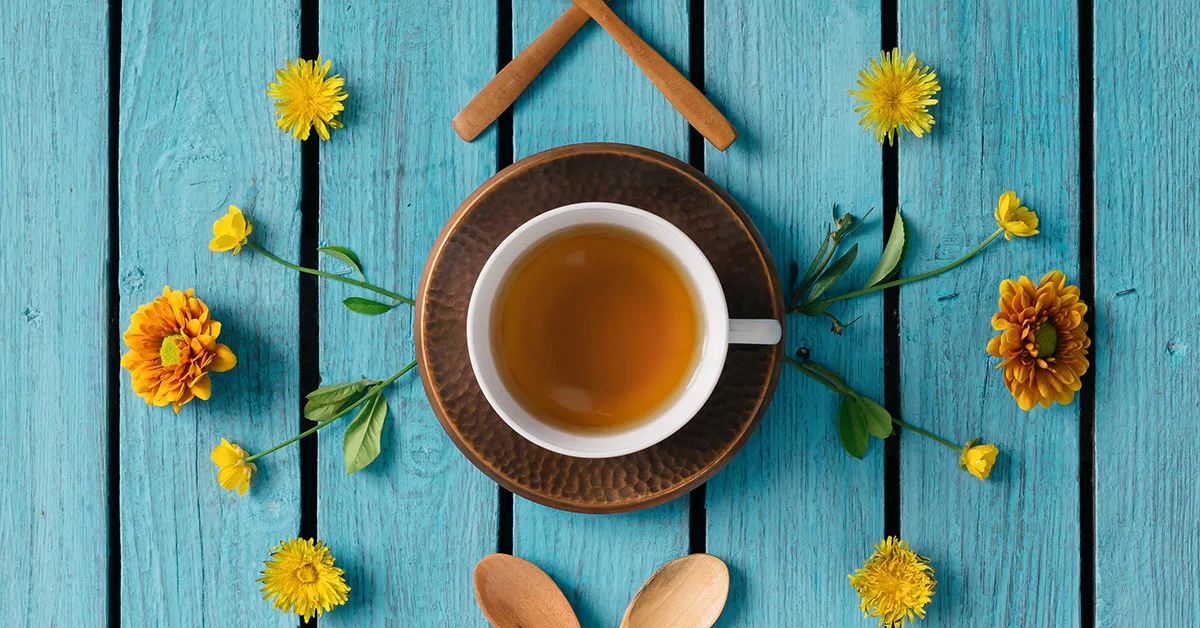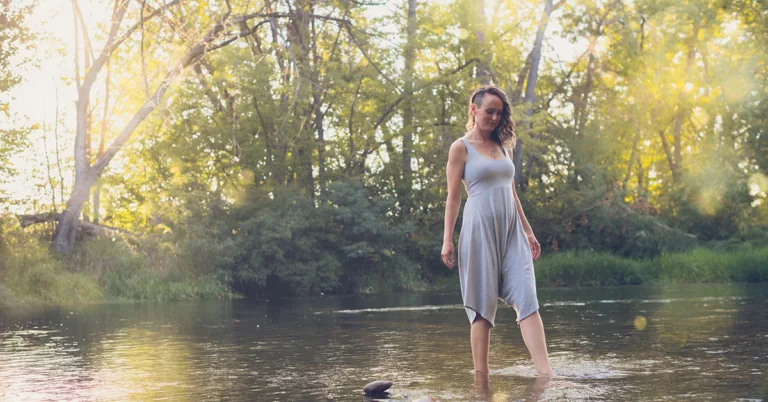Modern Medicine is Changing
The face of medicine is changing. It has been slowly shifting over the past few decades, as more complementary and alternative health clinics open and patients seek broader services. Patients want more options, with a more natural approach. Modern medicine is learning to widen its lens to include edges of a landscape they did not notice at first, but now realize is an integral part of the picture.
For me, this has been a welcome shift.
When I was working in primary care, I was often asked about alternative options for treatment. My contemporary medical education did not prepare me for this. I quickly learned that I needed to become adept in herbal remedies in order to know medication interactions and offer alternative solutions to some patients that refused pharmacotherapy. Working with the Hispanic migrant population in rural Washington, I always had to ask about remedios caseros (home remedies) that patients might be using. I was fascinated with the responses I heard, and my patients felt more connected when I asked. And honestly, if Abuelita’s tea made your cough go away, I am all for it.
I eventually left primary care because I felt called to be the change that I wanted to offer my patients. But I do see small shifts happening all around me.
When I was in the hospital this last year preparing for the delivery of my second baby, I was offered acupuncture. From a hospital-paid acupuncturist. With services billable to my insurance. Yes, I’ll take two. And I did. I received two treatments with the most lovely practitioner, which helped to reduce pain and anxiety all within the comforts of the hospital. That is how medicine should be–offering a variety of choices so patients can choose what suits them best.
I predict that there will be further expansion of coverage as more patients seek services such as energy medicine, qigong, and red light therapy. More evidence is accumulating to support the use of energy medicine within the contemporary medical setting, such as this study.1
The one-size-fits-all approach is not sustainable for patients and the paradigm is shifting. Studies indicate that between 30-40%2 of patients utilize complementary and alternative medicine (CAM), and I know this number is climbing. Interestingly, only one third of those that utilize CAM discuss it with their medical doctors.3
I have often wondered: How much could we really help patients if we took the judgment out of healing?
Ultimately, it comes down to what resonates for the patient. Both modern medicine and alternative medicine are important resources we can use to heal ourselves. I often remind my patients there is no wrong way to heal.
When we take a step back and widen our lens, we allow more light and more color into the picture.
I am thrilled to be able to stand in the middle of this vibrant new landscape—able to offer knowledge and treatments from both sides of the spectrum. Whether its Abuelita’s tea or prescription medications, I just want it to work for you.
1Dufresne, F., Simmons, B., Vlachostergios, P. J., Fleischner, Z., Joudeh, R., Blakeway, J., & Julliard, K. (2015). Feasibility of energy medicine in a community teaching hospital: an exploratory case series. Journal of alternative and complementary medicine (New York, N.Y.), 21(6), 339–349. https://doi.org/10.1089/acm.2014.0157
2Sanford, N. N., MD. (2019, May 1). Prevalence and Nondisclosure of Complementary and Alternative Medicine Use in Patients With Cancer and Cancer. https://jamanetwork.com/journals/jamaoncology/fullarticle/2730130
3NIH launches Web resource on complementary and alternative medicine. (2015, September 25). National Institutes of Health (NIH). https://www.nih.gov/news-events/news-releases/nih-launches-web-resource-complementary-alternative-medicine



